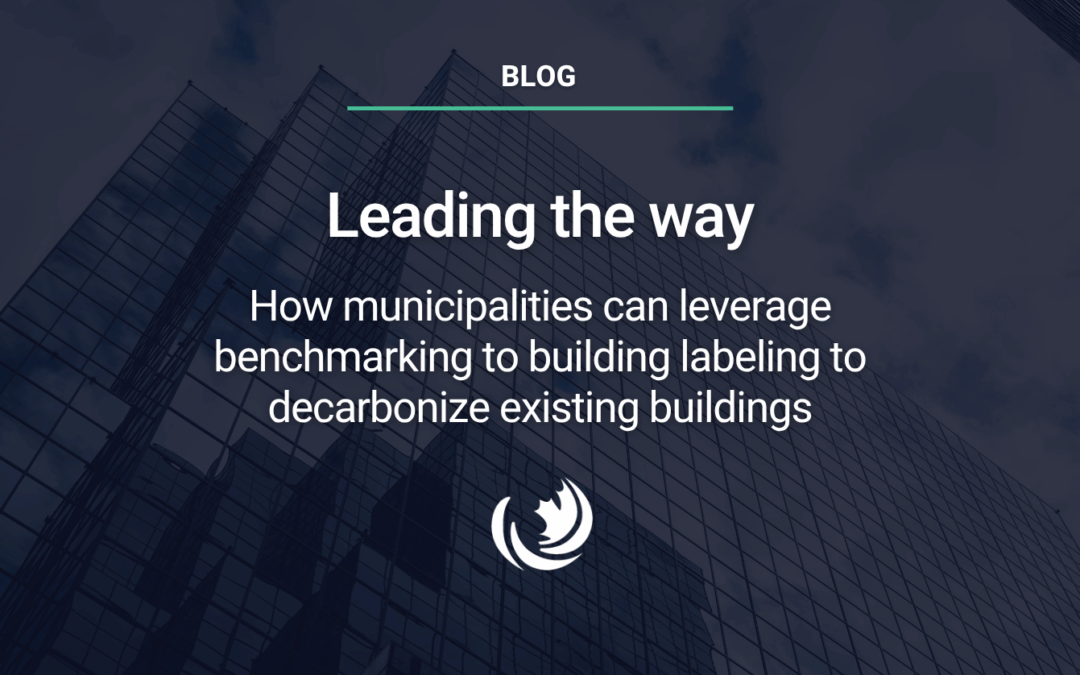
Since 2000, the total emissions per unit floor area in Canadian buildings have decreased by about a quarter—this is good news. Overall, however, there has been a slight uptick in building sector emissions since 2005.

On June 10, 2024, the Canada Electricity Advisory Council publicly released its Final Report, Powering Canada: A blueprint for success. The Council is an independent body of 19 electricity sector leaders created shortly after the 2023 federal budget to advise the Minister of Energy and Natural Resources of Canada.

Toronto is joining other major North American cities in mandating building performance standards.

Explore solutions to enhance benchmarking adoption, drawing on lessons from other jurisdictions.

Ambitious action on the part of Canada’s sub-national governments will ensure that all stakeholders in the buildings sector — including governments, industry and the workforce — have a clear and stable regulatory path forward, one that allows them to plan for future code requirements while investing in Canada’s net-zero future.

Supported by the sector, a national model code objective has been put forward that recognizes the impact of operational and embodied carbon emissions throughout the buildings’ lifecycle. This change could open the door for building code provisions that limit or reduce emissions from building operations as well as construction materials.







